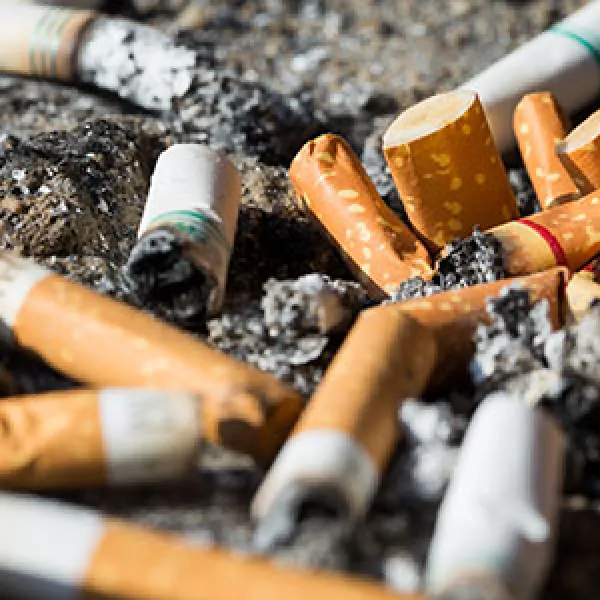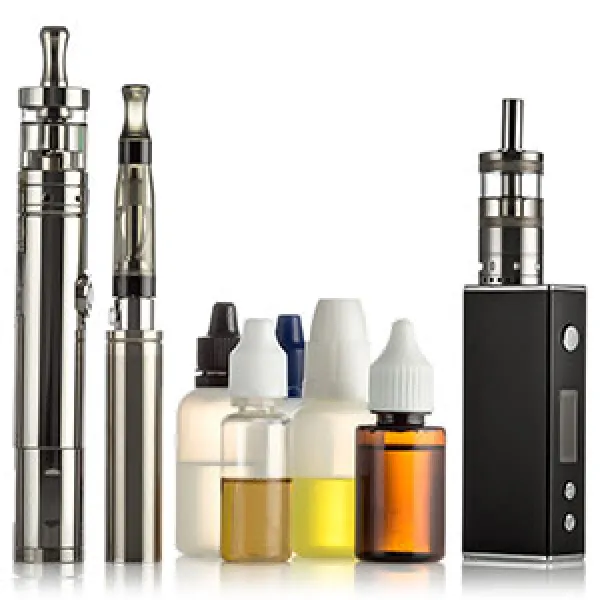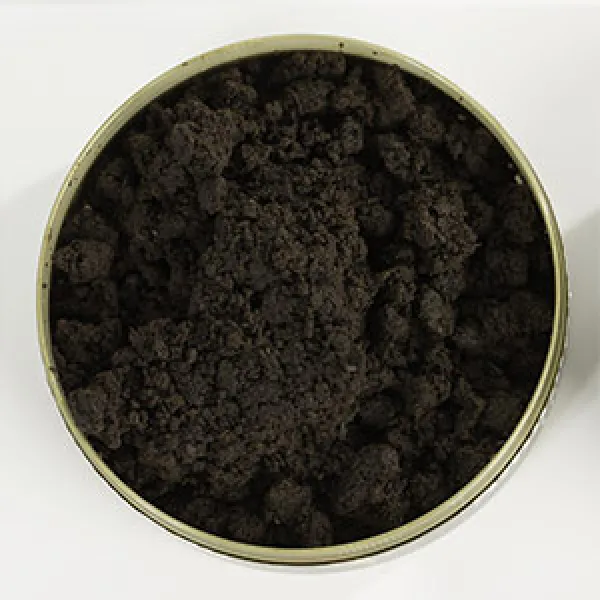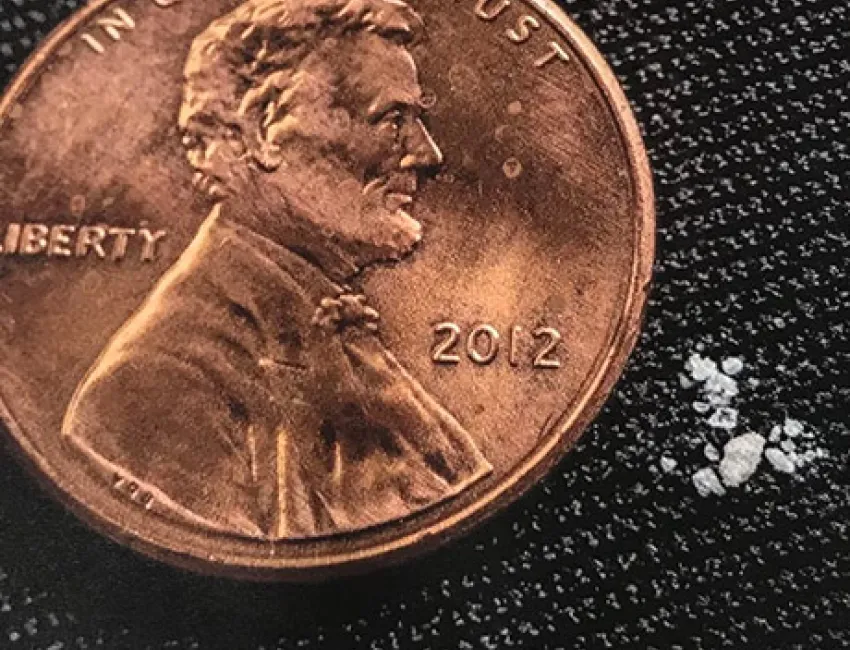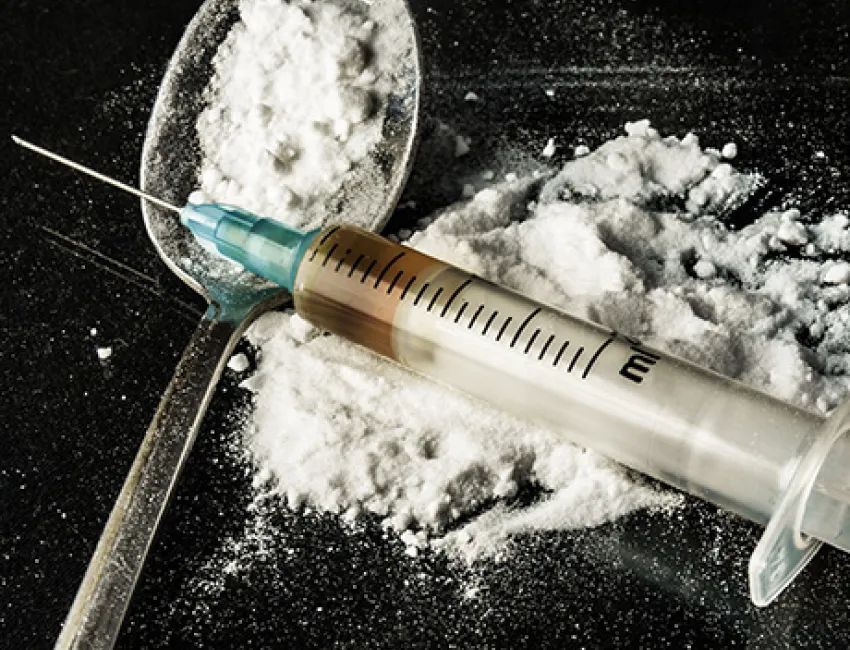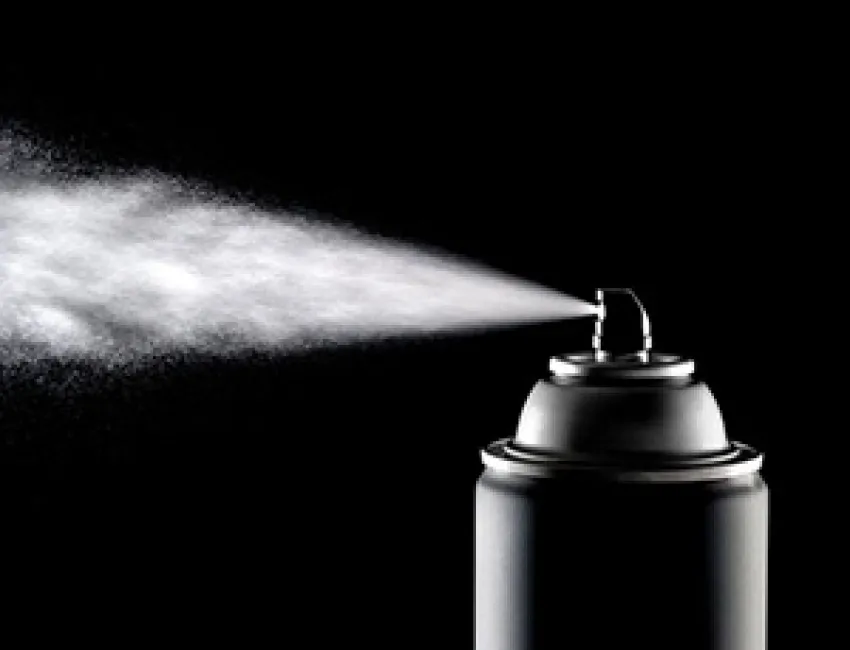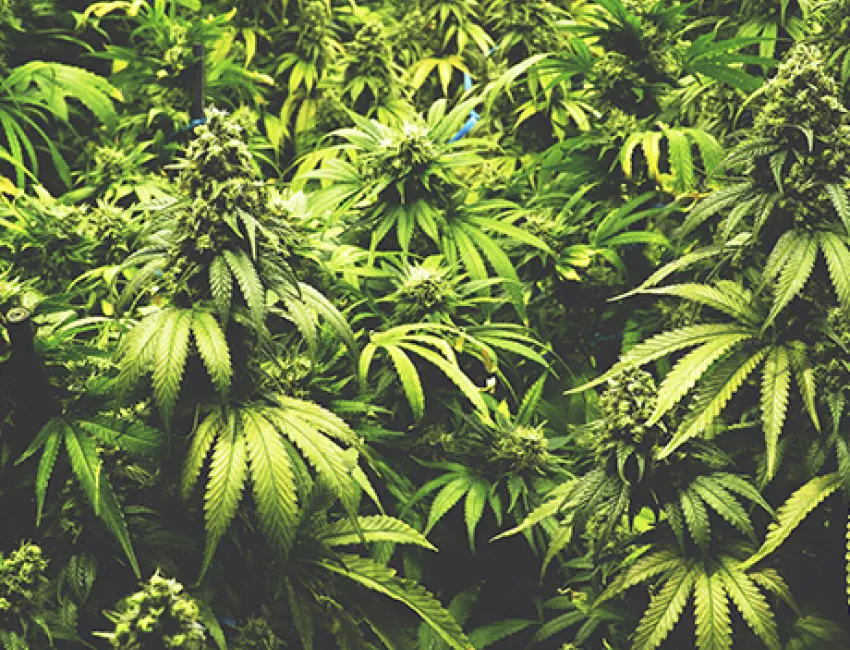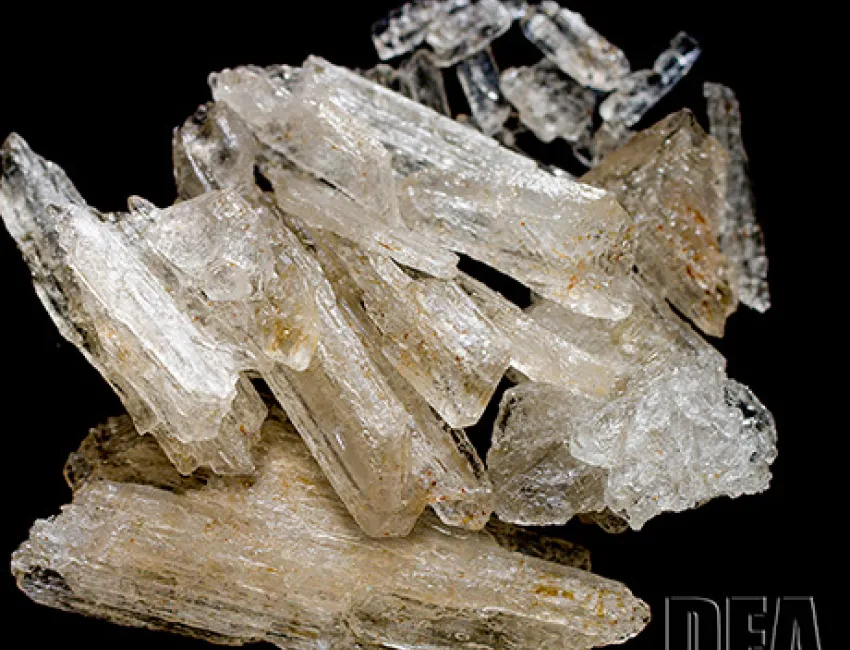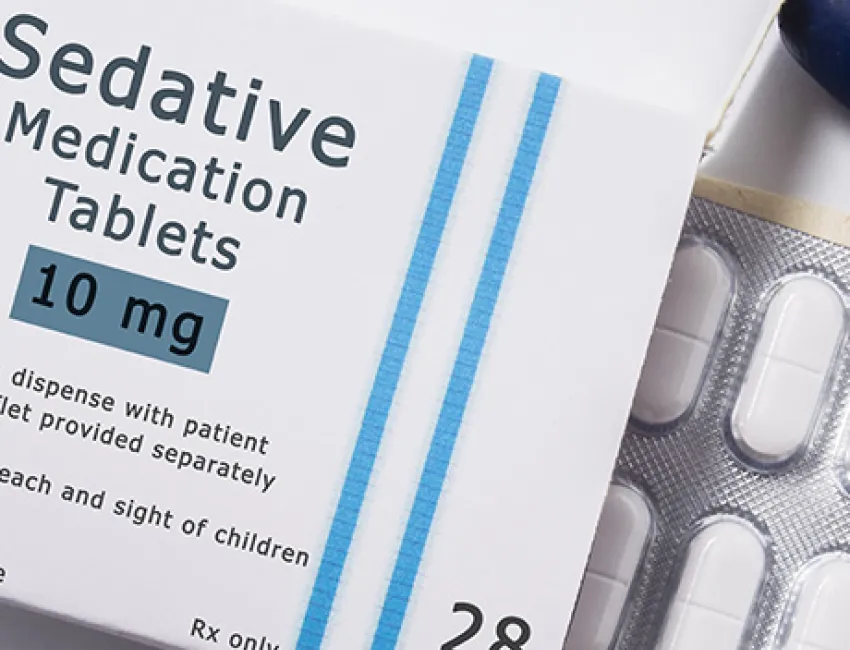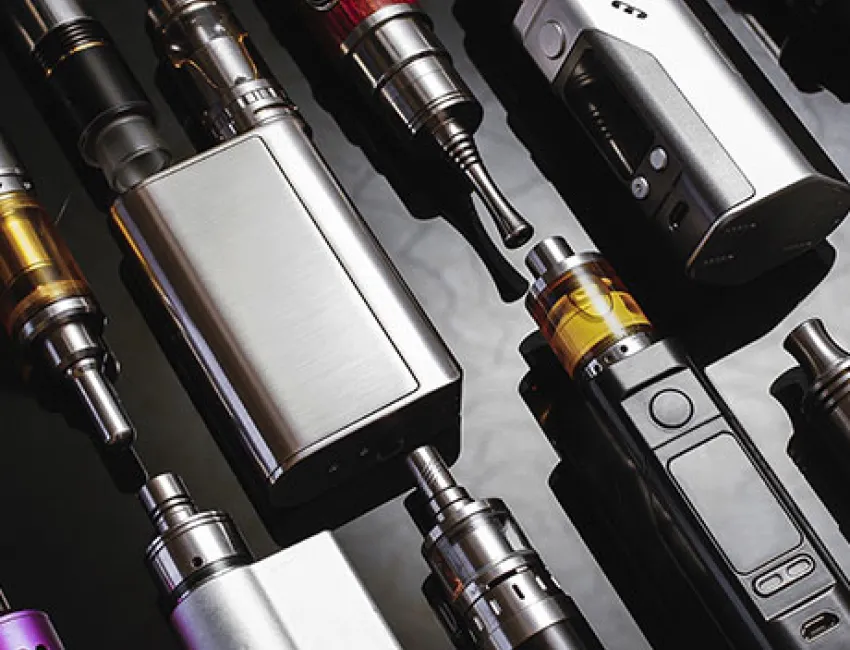
What exactly is tobacco, and why has it become such a big topic? Understanding the facts helps you cut through all the noise and mixed messages.
Tobacco today is a multi-billion dollar business and the number one cause of preventable death in the US; however, its origins were more innocent. Originating in the Americas, tobacco is made from a green plant grown in warm climates. Native Americans highly regard tobacco as a way to promote physical, spiritual, emotional, and community well-being. Tobacco was an offering in spiritual ceremony and given as a gift to other people as a sign of respect or exchange for help or guidance. In some cultures, the smoke from burned tobacco was believed to have the purpose of carrying thoughts and prayers to the spirit world.2
Tobacco originated in the Americas. When the Americas were colonized by the Europeans in the 16th century, tobacco became accessible to the rest of the world through international trade routes, and since then, has played a large role in cultures and the economy worldwide.3
Despite the tobacco industry contributing greatly to the US and world economy, people’s appetite for tobacco began to change in the late 1900s when negative health effects were discovered. The decrease in usage holds true here in Colorado:
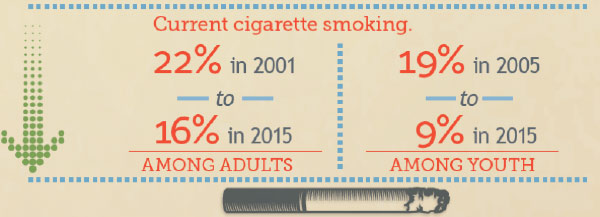
Big Tobacco
In 2013, the top 6 tobacco companies’ profits totalled $44.1 billion, which was equivalent to the combined profits of 8 major US companies in the same year: The Coca-Cola Company, Walt Disney, General Mills, FedEx, AT&T, Google, McDonald’s and Starbucks. The combined profits of these 6 leading tobacco companies was more than the whole country of Denmark’s revenue in 2012 ($315.16 billion).6
It is important to understand that the tobacco industry is an oligopoly, meaning these 6 companies have complete control of the industry and it is next to impossible for new companies to join and compete with them. Without competition, these companies are able to profit. A lot. Meanwhile cigarette smoking kills more than 480,000 Americans each year, with more than 41,000 of these deaths from exposure to secondhand smoke.7 In addition, smoking-related illness in the United States costs more than $300 billion a year, including nearly $170 billion in direct medical care and $156 billion in lost productivity.8
Why people use it14
- Stimulation - it’s an “upper;” can make you feel good and alert
- Stress Relief - dopamine causes feelings of pleasure
- Weight loss - can reduce a person’s appetite
- Self-medication - for some, it is a way to lessen symptoms from illnesses that cause tension and pain, including mental illnesses such as depression or anxiety disorders
Youth may smoke to look mature and cool, to “fit in,” to experiment and for excitement because it’s perceived to be going against authority.
Who's really using Tobacco in CO?
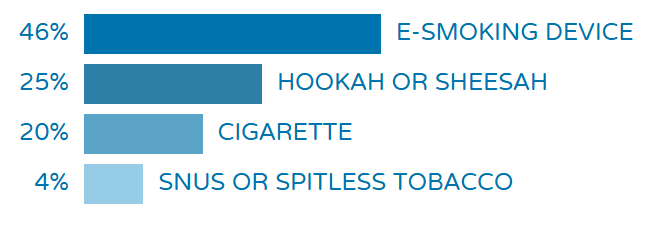
Smokable: Cigarettes, Bidis, Kretek, Cigars
Initial high: makes you “feel good” and alert at first, can be followed by dizziness, lightheadedness, dehydration, nausea, coughing, moodiness, stress
Vaporized: Hookah, E-Cigs, Vaporizers, Vape pens
Initial high: smoke passes through water before inhalation and can be held in lungs longer, flavorings can make the taste/smell more appealing, causes an initial relaxing and pleasant feeling, similar effects to smokables, like cigarettes
Chewable/Smokeless: Chew, Dip, Snuff, Dissolvable tobacco, Snus
Initial high: rapid absorption of nicotine through the mouth into the bloodstream, takes longer to reach the brain, increases heart rate and blood pressure, constricts blood vessels, feeling tired possible after use
Chemicals in Tobacco
Cigarettes contain roughly 600 ingredients, 7,000 chemicals when burned, and 70 potentially cancer causing chemicals.9 To name a few:
- Acetone – found in nail polish remover
- Arsenic – used in rat poison
- Cadmium – active component in battery acid
- Hexamine – found in barbecue lighter fluid
- Tar – material for paving roads
Nicotine is the addictive substance in cigarettes:10
- Nicotine is absorbed through the skin and the mucosal linings in the nose, mouth and lungs. For smokeless tobacco, nicotine is absorbed through the gastrointestinal tract and skin. Then, it travels through the bloodstream to the brain, stimulating adrenal glands to produce adrenaline, which increases heart rate and blood pressure while constricting blood vessels. Smokeless tobacco and cigarettes result in the same amount of nicotine intake, even though smokeless takes longer to produce an effect.
- Nicotine also stimulates the production of dopamine (a neurotransmitter that controls the brain's pleasure center).
- Nicotine only stays in the human body for a few hours which is why people who smoke regularly have frequent withdrawal.
Smokeless tobacco has at least 28 potentially cancer-causing chemicals.11
Vaporized tobacco, such as e-cigs, contains nicotine and has tested positive for cancer-causing chemicals:
- The Federal Drug Administration (FDA) has found that even those labeled as tobaccoless have trace amounts of nicotine.
- The FDA has not proved vaporized forms as safe or an effective way to quit smoking.
- Much of the chemical makeup of vape is unknown and thus possibly dangerous.12
- Decreased athletic abilities
- Respiratory illness, including asthma
- Damaged brain cells
- Lessened sense of smell and taste
- Weight loss
- If pregnant, can result in a low birth weight baby or early birth
- Cancer, especially lung cancer
- Periodontal disease (oral cancer)
- Diabetes - smokers are 30-40% more susceptible to type 2 diabetes16
- Fertility - alters blood flow; can lead to Erectile Disfunction, the inability to get and keep an erection firm enough for sex
- Clogged arteries and heart disease
- Inhalation, whether from usage or second hand, can lead to infectious diseases such as:
- Tuberculosis - lung infection
- Aspergillus - a fungus that can cause lung infections
- Helicobacter - causes stomach ulcers
- Wrinkled skin
- Addiction
- Death: The World Health Organization named tobacco as the world's greatest cause of preventable death in 200817
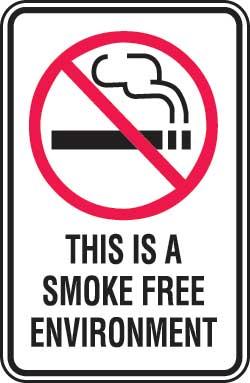
Second-hand smoke:
the combination of smoke from the burning end of a cigarette and the smoke breathed out by smokers still contains more than 7,000 chemicals, hundreds of which are toxic and about 70 that can cause cancer and other diseases mentioned above.
Third-hand smoke: infants, children and nonsmoking adults may be at risk of tobacco-related health problems when they inhale, ingest or touch surfaces or fabrics containing thirdhand smoke, which has led to policy efforts for smoke-free environments.
While today there is an emerging counter culture against cigarettes and smoking, other forms of tobacco (vapors and smokeless) are becoming more popular. Sadly, these alternate forms still have many of the same consequences:13
- 1 hour of smoking hookah is the equivalent of smoking 100 cigarettes
- Hookah smoke has been associated with oral, lung, and bladder cancer along with clogged arteries and heart disease
- Shared hookah mouthpieces can spread herpes or other contagious diseases
- The charcoals used on hookahs release high levels of dangerous toxic agents like carbon monoxide, metals and cancer-causing chemicals
- 16 million+ people already have at least one disease from smoking.
- 20 million+ Americans have died because of smoking since 1964.
- In the US, tobacco kills more Americans than AIDS, alcohol and other drugs, car accidents, murders, suicides and fires combined.
More Conswquences
- Your insurance rates rise18
- May get less $ when selling things like cars if they were smoked in
- Use and impact is greater for people of color, people from low income backgrounds and those with mental health issues19
- Check out how Big Tobacco targets specific communities.
Cigarette butts are the most commonly discarded waste worldwide.
- Roughly 1.69 billion pounds wind up as toxic trash, roughly equal to the weight of 177,895 African elephants
“Cigarette butt waste is the last socially acceptable form of littering in what has become an increasingly health and environmentally conscious world.” - Cheryl G. Healton (American Legacy Foundation), 201120
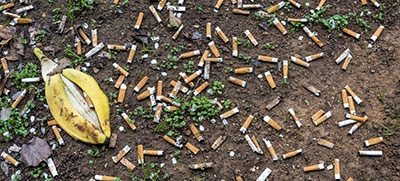
Marketed as the cool thing to do, but...“swipe left”
- Yellow teeth, fingernails, and skin; tooth decay; wrinkled skin; bad breath; and smelly clothing/environment can drive away friends or potential significant others
“Tips from Former Smokers” Campaign: you may recognize their scary/sad commercials on tv or ads in magazines
Global Consequencse
Children in Malawi, who are forced to work as tobacco pickers, are suffering from nicotine poisoning due to their constant exposure.
Deforestation, soil degradation, and agrochemical pollution are just a few of the environment concerns arising due to tobacco production.
Tobacco use is continuing to increase in low-income countries - the marketing driving youth to pick up the habit. 80% of the world’s smokers live in low and middle income countries.
Tobacco regulation typically depends on state and local laws
In Colorado, it is a criminal violation for a minor (under the age of 18) to purchase or attempt to purchase any tobacco product. It is considered a class two petty offense and violators are subject to a $100 fine.
2http://keepitsacred.itcmi.org/tobacco-and-tradition/traditional-tobacco-use/
3http://www.ushistory.org/us/2d.asp
6http://www.tobaccoatlas.org/topic/tobacco-companies/
7https://www.cdc.gov/tobacco/campaign/tips/resources/data/cigarette-smoking-in-united-states.html#one
8https://www.cdc.gov/tobacco/campaign/tips/resources/data/cigarette-smoking-in-united-states.html#two
9http://www.lung.org/stop-smoking/smoking-facts/whats-in-a-cigarette.html
10http://science.howstuffworks.com/nicotine1.htm
11https://www.cancer.gov/about-cancer/causes-prevention/risk/tobacco/smokeless-fact-sheet#r1
12http://www.lung.org/stop-smoking/smoking-facts/e-cigarettes-and-lung-health.html
13https://www.thetruth.com/the-facts
14http://health.howstuffworks.com/wellness/smoking-cessation/10-reasons-people-start-smoking.htm
19https://www.cdc.gov/tobacco/campaign/tips/resources/data/cigarette-smoking-in-united-states.html
20http://www.tobaccoatlas.org/country-data/united-states/

